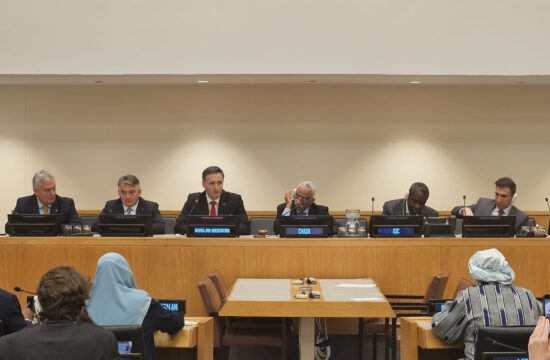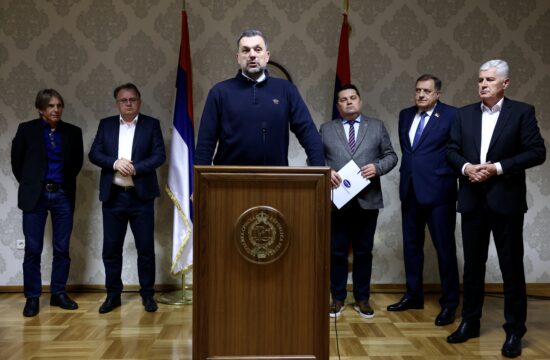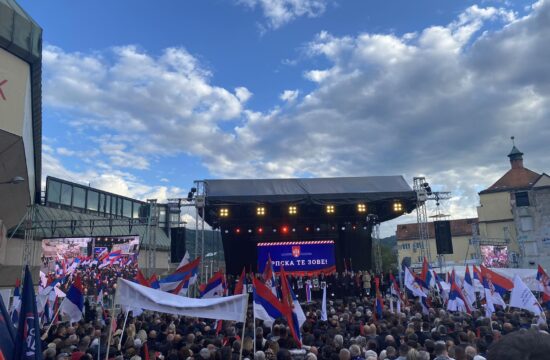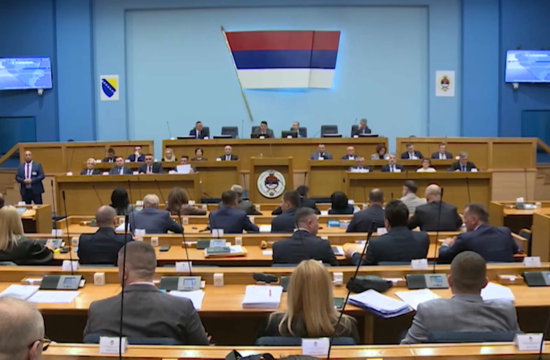Jovan Divjak, a retired General of the Army of the Republic of Bosnia and Herzegovina (RBiH) spoke to N1 about the May 2nd, a date that is celebrated in the Federation of Bosnia and Herzegovina entity, one of two semi-autonomous entities in Bosnia, as the Day of the Defence of Sarajevo. On May 2nd, 1992 began the siege of Sarajevo.
“I'm sorry I wasn’t invited be among those visited the veterans’ cemetery Kovaci in Sarajevo,” he said.
Divjak said that it is very important that the Court in London made a clear distinction between the events that took place on May 2nd and May 3rd. Namely, the Extradition Court in London refused to extradite the former member of Bosnia’s Presidency Ejup Ganic on Serbia’s charges of war crimes in the Dobrovoljacka case.
On May 2, the Yugoslav People’s Army attempted to take over the Bosnia’s Presidency building but was met with a fierce resistance by the local defence forces who pushed the Yugoslav People's Army back, thus defending the Presidency building.
On May 3rd, 1992, soldiers from the Bistrik barracks in Sarajevo and other Yugoslav People’s Army officials were supposed to be exchanged for the RBiH Presidency Chairman Alija Izetbegovic who was captured by the Yugoslav People's Army at the Sarajevo airport a day earlier.
During the transportation of the said soldiers down the Dobrovoljacka street, shots were fired by the Sarajevo local defence units and the soldiers in the column travelling from the Bistrik barracks. Despite the order to cease fire, issued by the General Jovan Divjak, seven people were killed in the vehicles of the column, said the Prosecutor's Office of Bosnia and Herzegovina.
Divjak claims that two armies clashed on May 2nd the Yugoslav People's Army and the Army of RBiH, and that the crime was committed on May 3rd.
“The events from May 2nd and May 3rd weren't synchronized,” Divjak said.
Speaking of the famous video of the events that took place on May 3rd, 1992, where he gives the cease-fire order, Divjak said that whenever he sees the video, he gets petrified.
“When I came to the transporter, the column had already stopped. At that moment they started shooting, and I was in command,” Divjak added.
To this day, the controversy of the number of the killed soldiers in the Dobrovoljacka street continues. Many still claim that 42 soldiers were killed. Divjak also commented on this fact:
“That is claimed by the opposing side. They are combining the May 2nd and 3rd. The London Court has set those two days apart. They are doing this because of their propaganda. The Yugoslav People's Army Commander Milutin Kukanjac said how many soldiers were killed (7),” Divjak concluded. “After the war, we were supposed to form a joint commission and to try to talk about reconciliation. None of the sides accepted that suggestion.”
According to Divjak, Bosnia was defended on February 29th and March 1st when the independence referendum in Bosnia was held and when the Bosnian citizens voted in favour of the country’s independence.
The Bosnian war started in early April 1992, and the siege of Sarajevo, known as the longest siege of a capital city in modern history, lasted 1,425 days.




